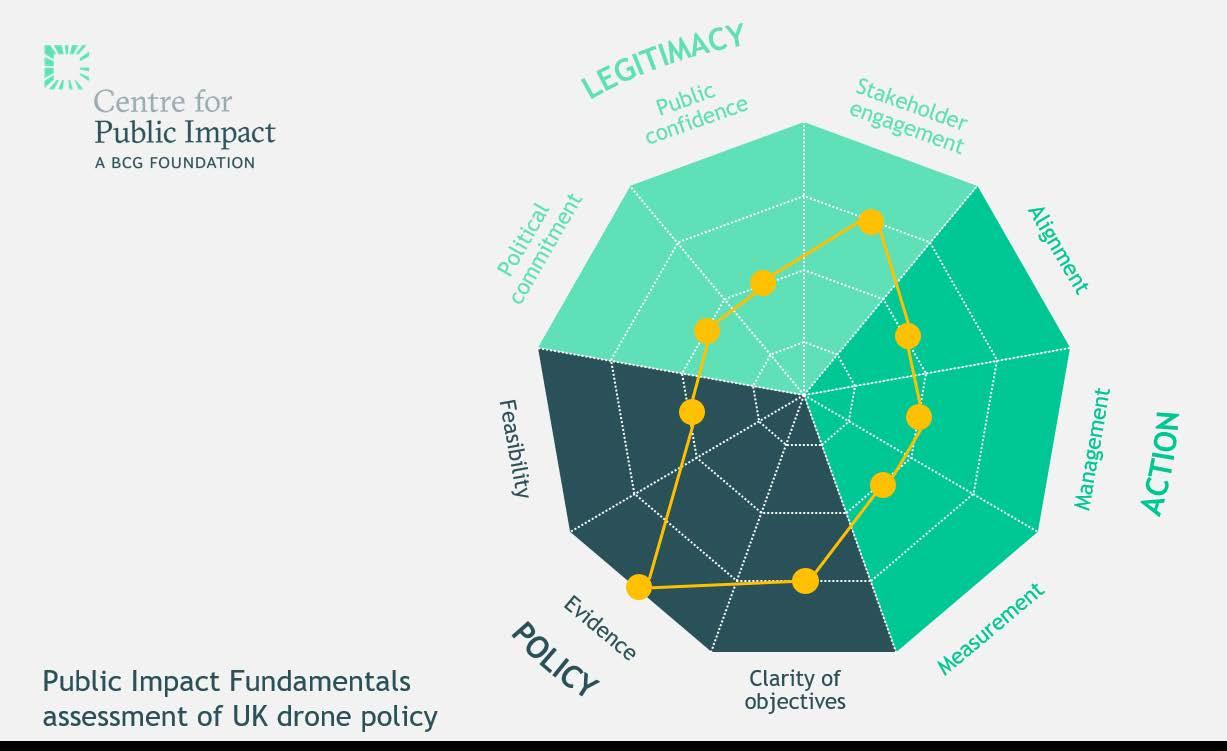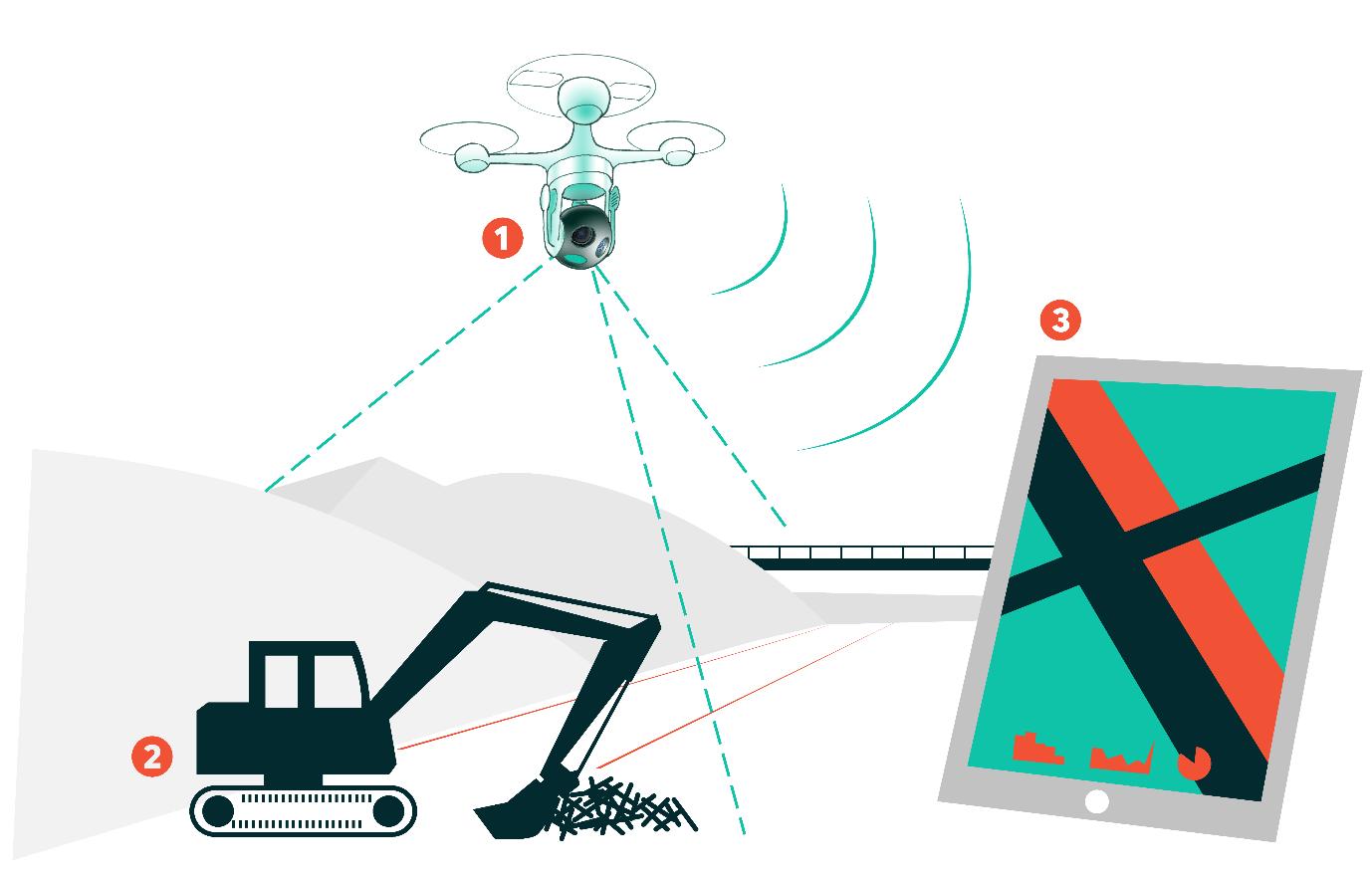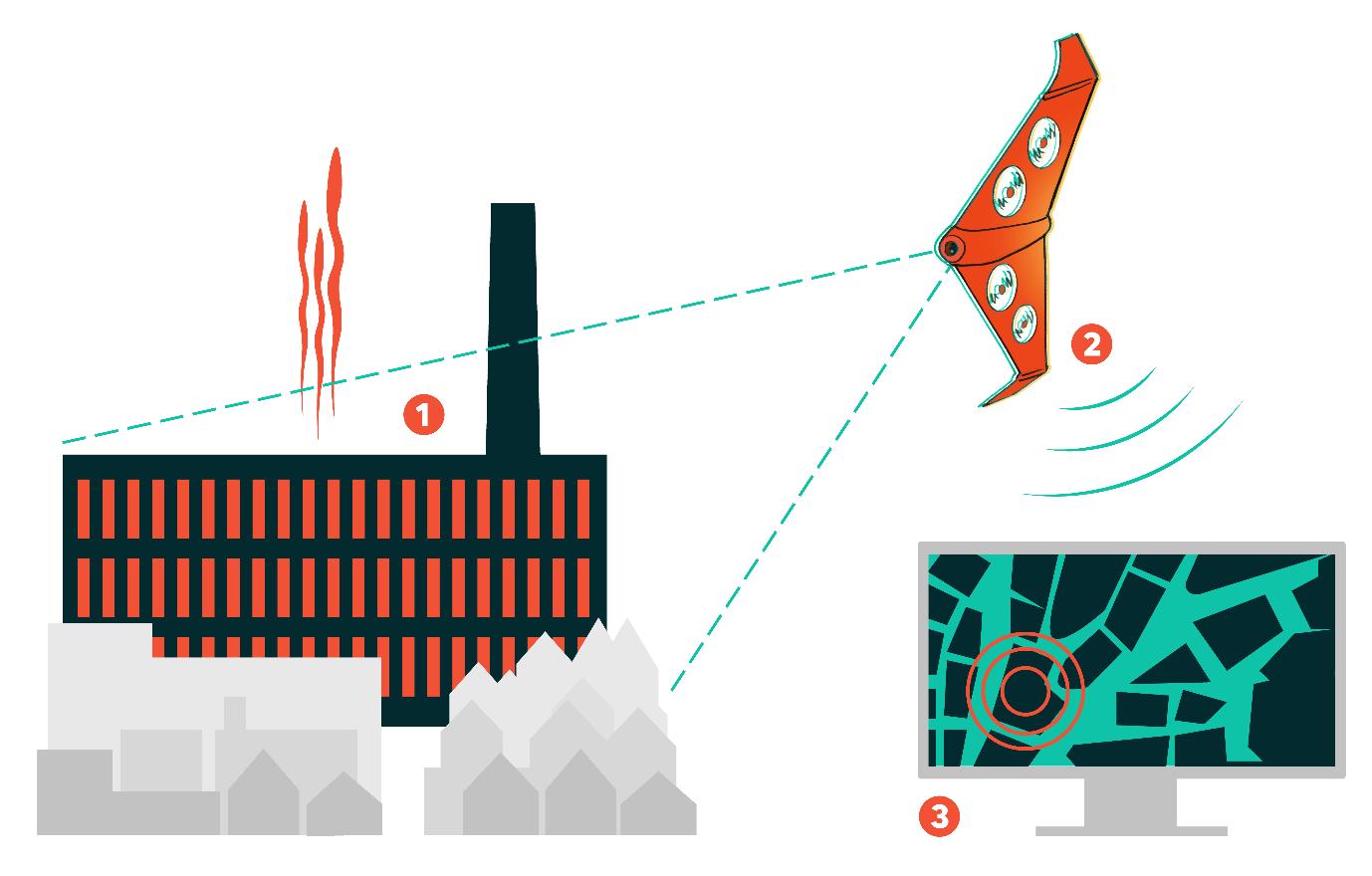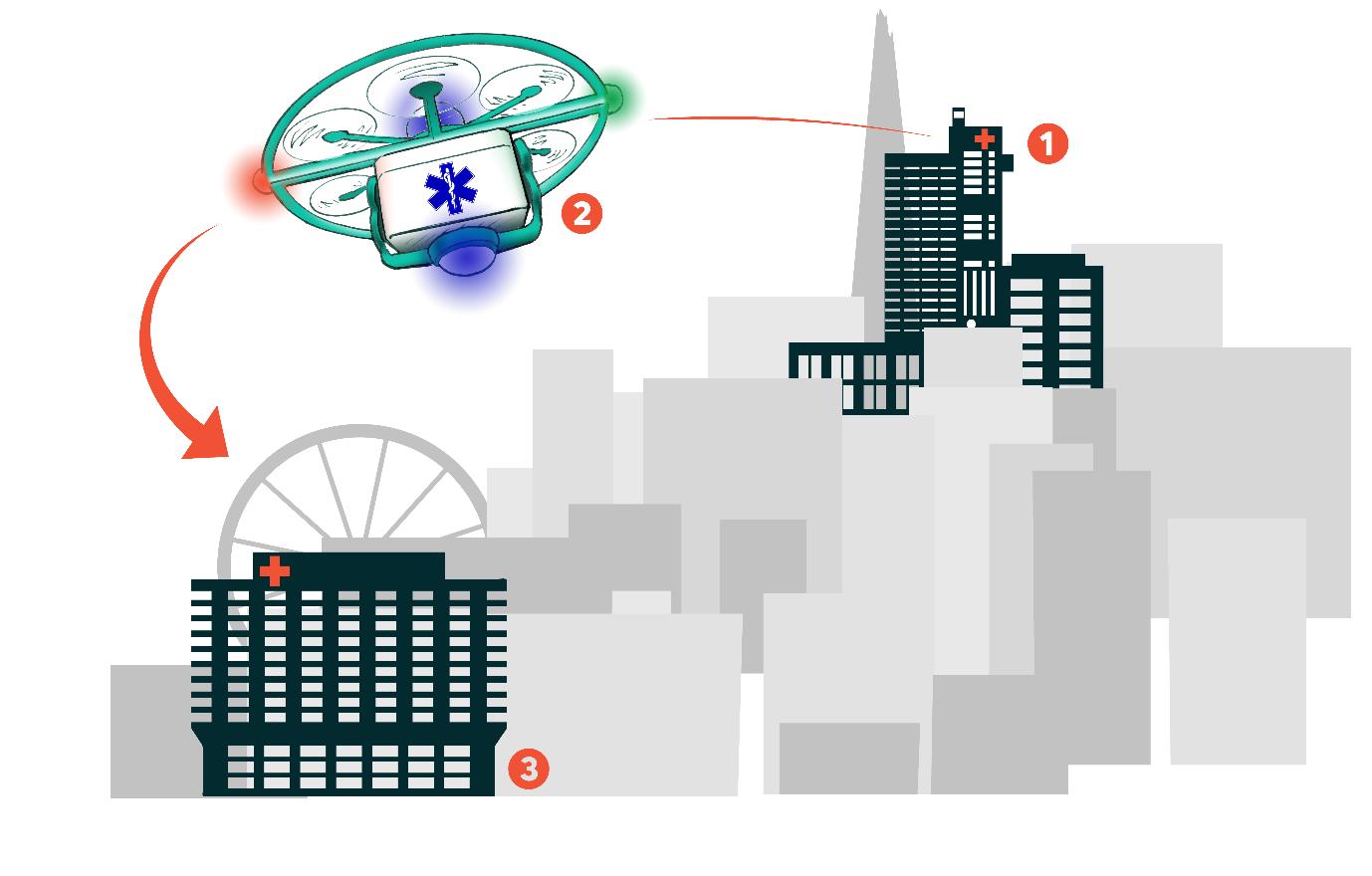Flying High: shaping the future of drones in UK cities
Methodology The Flying High project has been an exercise in bringing everyone under one roof to identify what needs to be done The Flying High project report you are reading outlines the key findings of a unique project led by the innovation foundation Nesta, with support from the Centre for Public Impact, WPI Economics, research consultancy Science Practice, PwC, Glass, five UK cities and a number of research associates. The objective: to explore with cities if and how drones could operate in urban environments. The programme was structured around several observations: •
While drone technology has made significant progress, UK projects to date have been largely focused on technology push rather than demand pull, and on individual drones operating in isolation, rather than drone systems operating at scale in complex environments. The Flying High project therefore aimed to explore where there was demand for drone technology in UK cities.
•
Demand alone isn’t enough; there needs to be proven economic, social and technical viability for these uses. The Flying High project aimed to understand the feasibility of selected use cases to understand whether what is desired is possible.
•
The introduction of new technologies is inherently political and social. The Flying High project aimed to better understand the views and motivations of key stakeholders on the future of drones, and to make a first step towards a shared vision for what the rules, regulations and systems could look like in the future.
To this end, this phase of the Flying High project featured a number of workstreams:
108
•
City engagement.
•
Technical feasibility.
•
Economic and social feasibility.
•
Key stakeholder engagement.
•
Industry and research mapping.
•
Systems research.
•
Public impact analysis.










